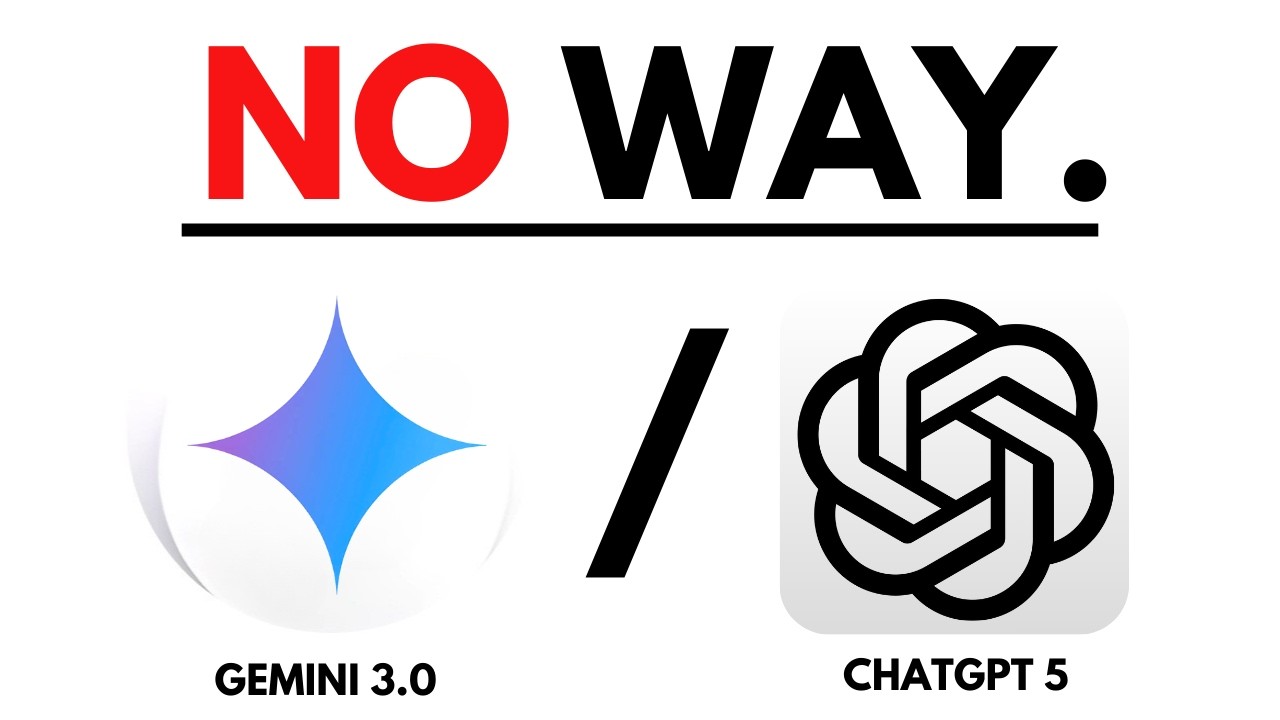The video introduces Quasar Alpha, a new free language model on OpenRouter with a 1 million token context length, optimized for coding tasks, and speculates on its origins, possibly being a fine-tuned version of an existing model like ChatGPT. The presenter conducts live tests comparing Quasar Alpha’s performance with other models, revealing similarities in responses and challenges in coding capabilities, leading to skepticism about its originality.
The video discusses the recent release of Quasar Alpha, a new language model available on OpenRouter, a platform for accessing various large language models. The model was introduced as a “stealth model,” meaning its specifics are not fully disclosed, and it aims to gather user feedback while building momentum. Quasar Alpha boasts a remarkable 1 million token context length, comparable to Google’s Gemini, and is optimized for coding tasks while remaining general-purpose. The video speculates whether this model could be a new iteration from OpenAI or Google, given its capabilities and the excitement surrounding its release.
The presenter highlights that Quasar Alpha is completely free for users, although the operational costs are likely subsidized by OpenRouter. The video compares Quasar Alpha’s performance metrics with other models, noting that it has passed 174 tests, making it competitive but not necessarily superior to models like Claude or Gemini. The discussion includes insights from Reddit users who are analyzing Quasar Alpha’s performance, suggesting it may be a fine-tuned version of an existing model, possibly from OpenAI.
The video features a live demonstration where the presenter tests Quasar Alpha against other models, including ChatGPT, Gemini, Grock, and Claude. The first test involves asking the models to explain why the moon doesn’t fall from the sky, with the responses being quite similar across the board. The presenter expresses skepticism about the originality of Quasar Alpha’s answers, suspecting it might be closely related to ChatGPT based on the similarities in responses.
Next, the presenter attempts to test the models’ coding capabilities by asking them to create a simple web page. However, the results are disappointing, as none of the models successfully render the requested web page. The presenter notes that the coding outputs from the models are not functioning as expected, leading to frustration and speculation about the models’ capabilities. This part of the demonstration highlights the challenges in assessing the models’ performance in practical applications.
In conclusion, the presenter shares their hypothesis that Quasar Alpha may be an open-source version of ChatGPT or a fine-tuned variant, given the stealthy nature of its release and the similarities observed in the outputs. They invite viewers to share their thoughts in the comments and encourage them to join the Applied AI community for further learning and discussions about AI applications. The video wraps up with a call to action for viewers to like, comment, and subscribe for more content.
